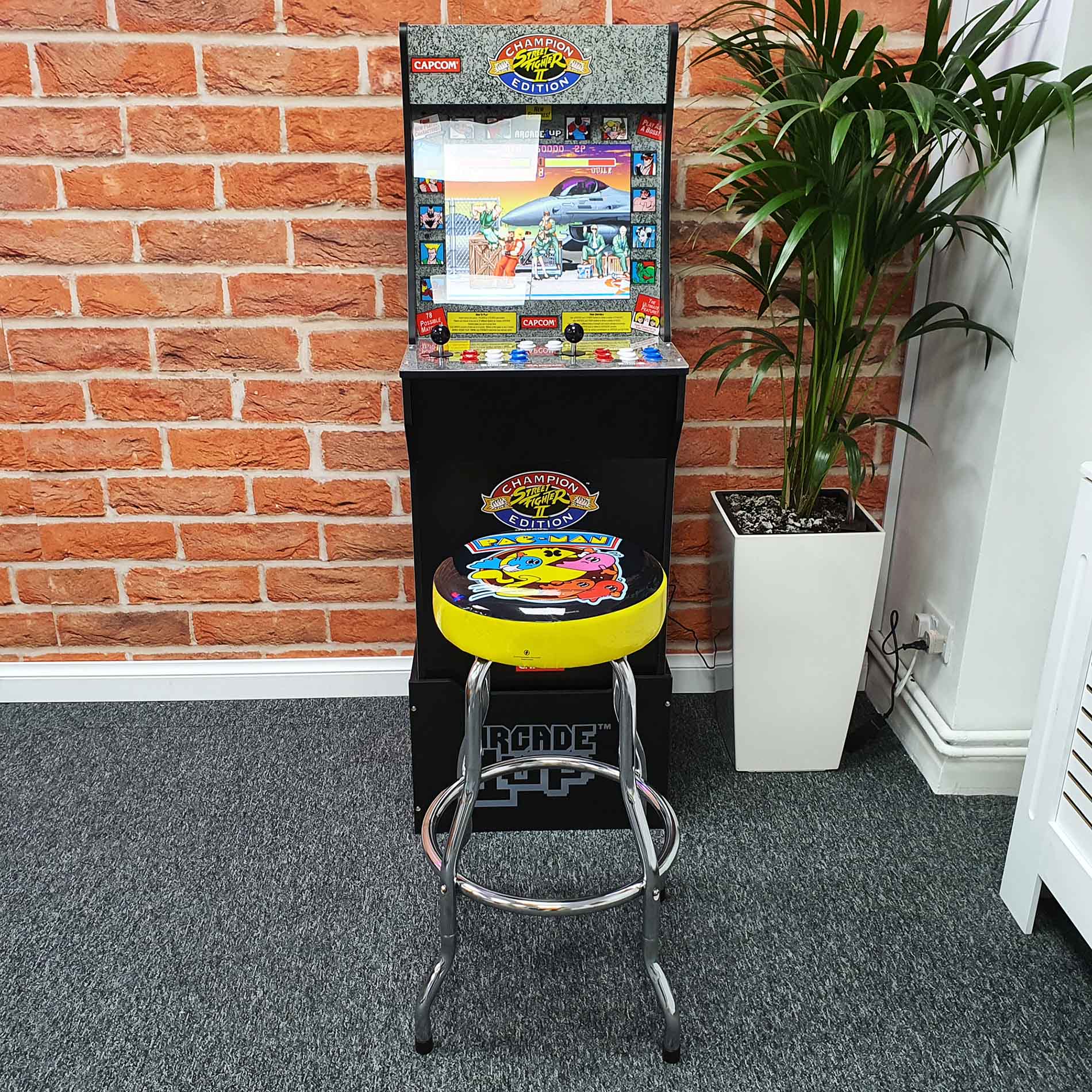

Philadelphia: Wolters Kluwer Health, Lippincott Williams & Wilkins c2014. Brunner & Suddarth's Handbook of Laboratory and Diagnostic Tests. If you have hemorrhoids that bleed or are having your menstrual period, tell your provider before your test. Put the cap on the container and return it as instructed.The container should have markings to show how much urine is needed. Collect at least an ounce or two of urine into the container.Start urinating again, this time into the container. Urinate into the toilet for a few seconds and then stop the flow.
MS PAC MAN STOOL COVER SKIN
For a vagina, separate the labia (the folds of skin around the vagina) and wipe the inner sides from front to back.If you have a foreskin, pull it back first. For a penis, wipe the entire head (end) of the penis.Clean your genital area with the cleansing wipe:.Open the container without touching the inside.Wash your hands with soap and water and dry them.It's important to follow these instructions so that germs from your skin don't get into the sample:
MS PAC MAN STOOL COVER HOW TO
A health care professional may give you a cleansing wipe, a small container, and instructions for how to use the "clean catch" method to collect your urine sample. You will need to give a urine sample for the test. What happens during a urobilinogen in urine test? Other names: urine test urine analysis UA, chemical urinalysis Your liver can't recycle urobilinogen into bile because of liver disease.This condition is called hemolytic anemia. Your liver is making too much bilirubin because your body breaks down red blood cells faster than it can make them.High levels of urobilinogen in urine may be a sign that: Little or no urobilinogen in urine may mean that something is blocking bile from flowing into your intestines. A small amount of urobilinogen leaves your body in urine. Some of it enters your bloodstream and returns to your liver, where it's "recycled" into bile. Some of the urobilinogen leaves your body in your stool (poop). Good bacteria in your intestines breaks down the bilirubin in your bile and makes urobilinogen. The rest is stored in your gallbladder for when you need it. Some bile flows through ducts (small tubes) from your liver directly into your intestines. Your liver uses the bilirubin to make bile, a fluid that helps you digest food in your intestines. Your body makes bilirubin during the normal process of breaking down old red blood cells. Little or no urobilinogen may be a sign of other problems with your liver, gallbladder, or bile ducts. Too much urobilinogen in urine may be a sign of a liver disease, such as hepatitis or cirrhosis, or certain types of anemia.

A urobilinogen in urine test measures the amount of urobilinogen in your urine (pee).


 0 kommentar(er)
0 kommentar(er)
